Home>Health & Lifestyle>Air Quality & Filtration>How To Build Your Own Water Filtration System
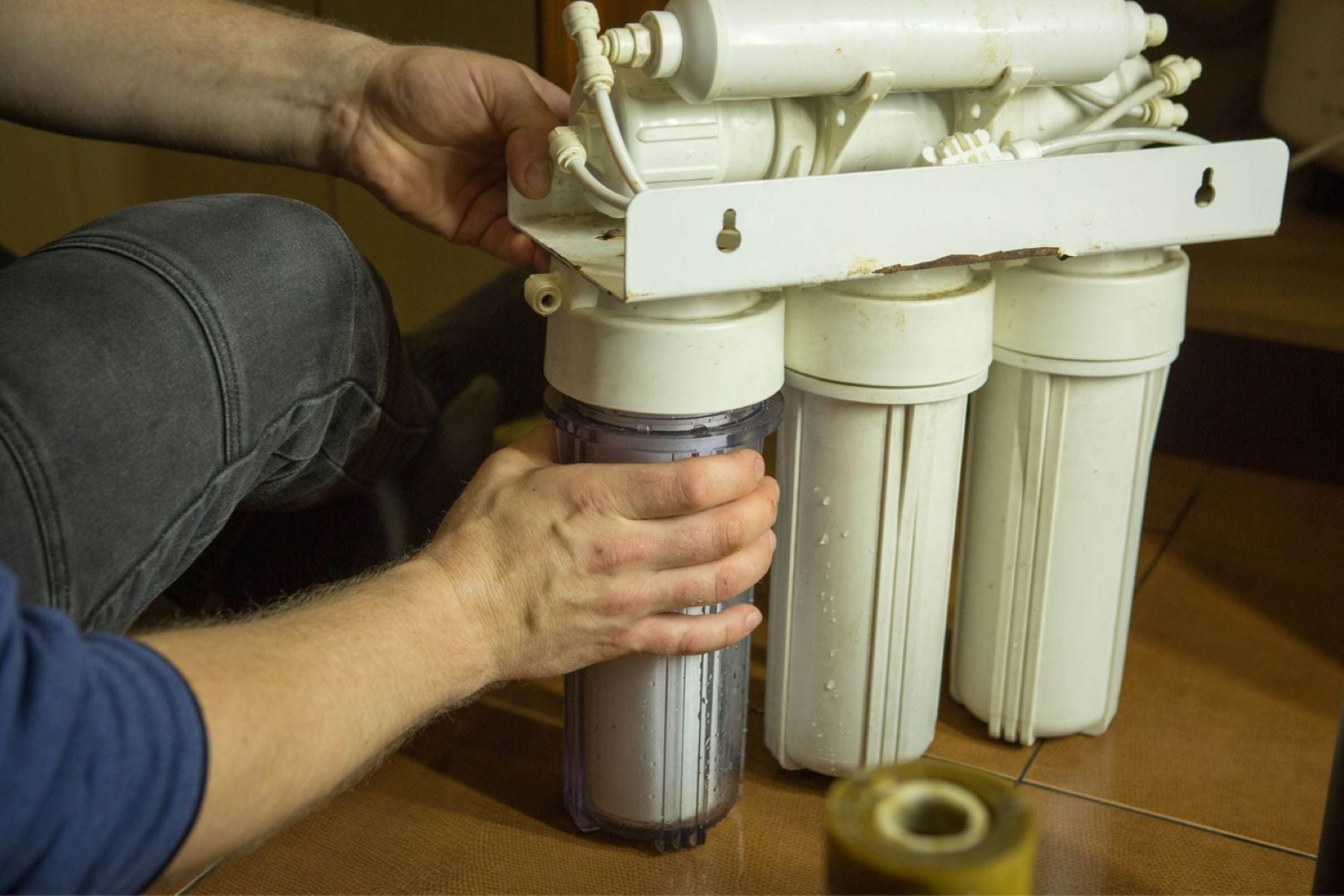

Air Quality & Filtration
How To Build Your Own Water Filtration System
Modified: January 4, 2024
Learn how to improve air quality with your own water filtration system. Discover step-by-step instructions for creating a custom filtration solution at home. Gain control over the air you breathe!
(Many of the links in this article redirect to a specific reviewed product. Your purchase of these products through affiliate links helps to generate commission for Storables.com, at no extra cost. Learn more)
Introduction
Welcome to the world of DIY water filtration! In this guide, we will explore the fascinating realm of water filtration systems, empowering you to create your very own at home. Clean and safe water is a fundamental necessity for a healthy life, and with the right knowledge and materials, you can ensure that the water flowing from your tap is of the highest quality.
Water filtration systems are designed to remove impurities, contaminants, and particles from water, providing a reliable source of clean and safe drinking water. Whether you are looking to improve the taste of your water, remove harmful substances, or simply enjoy the satisfaction of building something functional, constructing your own water filtration system can be a rewarding and beneficial endeavor.
Throughout this journey, we will delve into the principles of water filtration, uncover the essential materials needed for the project, guide you through the process of building the filtration system, and provide insights into testing and maintaining its effectiveness. By the end of this guide, you will be equipped with the knowledge and confidence to embark on this DIY adventure, ensuring that the water you and your loved ones consume is of the highest quality.
So, roll up your sleeves, gather your materials, and let's embark on this enriching and practical journey of creating your very own water filtration system.
Key Takeaways:
- Build your own water filtration system by understanding the principles, gathering materials, and constructing the setup. Enjoy clean, safe water while embracing DIY ingenuity and environmental stewardship.
- Regular testing and maintenance ensure your DIY water filtration system delivers clean, safe water. Embrace self-reliance and proactive environmental sustainability for a refreshing, sustainable lifestyle.
Read more: How To Build Your Own Water Fountain
Understanding Water Filtration
Before diving into the construction of a water filtration system, it’s crucial to understand the principles behind water filtration. Water filtration is the process of removing impurities and contaminants from water, ensuring that it meets specific purity standards for consumption and other applications.
There are various methods of water filtration, each targeting different types of impurities. Some common contaminants found in water include sediment, bacteria, viruses, chemicals, and heavy metals. To effectively purify water, a filtration system must address these diverse impurities through physical, chemical, or biological processes.
Physical filtration involves the use of barriers to trap and remove particles and sediment from the water. This can be achieved through materials such as sand, fabric, or ceramic filters, which physically block impurities from passing through. Chemical filtration, on the other hand, utilizes substances such as activated carbon or chemical disinfectants to neutralize or remove contaminants at a molecular level. Biological filtration harnesses the power of living organisms, such as beneficial bacteria, to break down organic matter and purify the water.
Understanding the specific impurities present in your water source is essential for selecting the most suitable filtration method. Factors such as water turbidity, microbial content, and chemical composition play a significant role in determining the appropriate filtration approach. Additionally, considering the flow rate, maintenance requirements, and intended use of the filtered water is crucial in designing an efficient and effective filtration system.
By comprehending the fundamentals of water filtration and the characteristics of different filtration methods, you will be better equipped to make informed decisions when constructing your own water filtration system. With this knowledge as our foundation, let’s proceed to explore the essential materials needed for this DIY endeavor.
Materials Needed
Embarking on the journey of building your own water filtration system requires a selection of essential materials to ensure its functionality and effectiveness. While the specific components may vary based on the chosen filtration method, there are fundamental materials that are commonly utilized in DIY water filtration projects. Let’s explore the key materials needed to construct a basic yet efficient water filtration system:
- Container: A durable and food-grade container will serve as the reservoir for holding the unfiltered water and facilitating the filtration process. This can range from a large plastic drum to a glass or stainless steel vessel, depending on the desired capacity and portability of the system.
- Filtering Medium: The filtering medium is the heart of the filtration system, responsible for trapping impurities and purifying the water. Common filtering mediums include activated carbon, sand, gravel, and ceramic filters. The selection of the filtering medium depends on the specific impurities present in the water and the desired level of filtration.
- Inlet and Outlet Fittings: These fittings enable the inflow of unfiltered water into the system and the outflow of purified water. They ensure a controlled and efficient flow of water through the filtration process.
- Tubing or Piping: Durable and food-grade tubing or piping is essential for connecting the various components of the filtration system, allowing the seamless transfer of water between the container, filtering medium, and outlet.
- Supporting Structure: Depending on the design and size of the filtration system, a sturdy supporting structure may be required to hold the container and filtering medium in place, ensuring stability and functionality.
- Tools: Basic tools such as wrenches, screwdrivers, and cutting implements are necessary for assembling and customizing the filtration system to fit your specific requirements.
- Optional Enhancements: Depending on the complexity of the filtration system, additional components such as pre-filters, UV sterilizers, and flow regulators can be incorporated to enhance the efficiency and purity of the filtered water.
By gathering these essential materials, you will be well-prepared to commence the construction of your DIY water filtration system. The next step will involve assembling these components to create a functional and reliable filtration setup. Let’s proceed to the exciting phase of building the water filtration system from these fundamental materials.
When building a water filtration system, make sure to use a combination of materials such as sand, gravel, and activated charcoal to effectively remove impurities from the water.
Building the Water Filtration System
With a clear understanding of water filtration principles and the essential materials in hand, it’s time to roll up your sleeves and embark on the construction phase of your DIY water filtration system. This process involves assembling the components in a systematic manner to create a functional and efficient filtration setup. Let’s walk through the step-by-step process of building your water filtration system:
- Prepare the Container: Clean and sanitize the chosen container to ensure it is free from any contaminants that could compromise the quality of the filtered water. This step is crucial for maintaining the purity of the filtration process.
- Position the Filtering Medium: Depending on the selected filtering medium, carefully position it within the container to create a distinct layer through which the water will pass. For example, if using activated carbon, ensure an even distribution to maximize its filtration capacity.
- Install Inlet and Outlet Fittings: Securely install the inlet and outlet fittings to the container, ensuring a watertight seal. These fittings will facilitate the controlled flow of water into and out of the filtration system.
- Connect Tubing or Piping: Utilize the food-grade tubing or piping to connect the inlet and outlet fittings, establishing a clear pathway for water to travel through the filtration process.
- Customize the Supporting Structure: If necessary, customize or assemble a supporting structure to securely hold the container and filtering medium in place. Stability is key to the functionality of the filtration system.
- Incorporate Optional Enhancements: If desired, integrate any optional enhancements such as pre-filters, UV sterilizers, or flow regulators to optimize the efficiency and purity of the filtration process.
- Perform a Test Run: Once the system is assembled, conduct a test run by flowing water through the filtration setup. This will allow you to identify any potential leaks, inefficiencies, or adjustments needed to optimize the system’s performance.
As you progress through these steps, ensure attention to detail and precision to create a reliable and effective water filtration system. With the system fully assembled and tested, you are now ready to move on to the crucial phase of testing and maintaining the functionality of your DIY water filtration setup. Let’s explore this next phase to ensure the long-term efficacy of your creation.
Testing and Maintenance
Once your DIY water filtration system is constructed, it’s essential to implement regular testing and maintenance procedures to uphold its efficiency and ensure the consistent delivery of clean and safe water. Testing the system and performing routine maintenance tasks will prolong its lifespan and guarantee the quality of the filtered water. Let’s delve into the critical aspects of testing and maintaining your water filtration system:
- Water Quality Testing: Regularly test the quality of the filtered water to verify its purity and safety for consumption. This can be done using water testing kits or by sending samples to certified laboratories for comprehensive analysis. Monitoring the water quality will alert you to any deviations and indicate when maintenance or replacement of filtering mediums is necessary.
- Inspect and Clean Filtering Medium: Periodically inspect the filtering medium for any signs of clogging, discoloration, or degradation. Depending on the type of medium used, follow the manufacturer’s guidelines to clean or replace it to maintain optimal filtration performance.
- Check for Leaks and Wear: Routinely inspect the container, fittings, and tubing for any leaks, wear, or damage. Addressing these issues promptly will prevent water loss and maintain the integrity of the filtration system.
- Sanitization and Sterilization: Regularly sanitize and sterilize the components of the filtration system to prevent the growth of bacteria, algae, or other contaminants that could compromise water quality. Follow recommended procedures for cleaning and disinfection to ensure the system remains hygienic and effective.
- Adjust and Optimize Flow: Monitor the flow of water through the system and adjust any valves or regulators to optimize the filtration rate and efficiency. Maintaining a consistent and controlled flow is essential for effective water purification.
- Document Maintenance Records: Keep detailed records of maintenance activities, including cleaning schedules, replacement dates, and any modifications made to the filtration system. This documentation will serve as a valuable reference for future maintenance and troubleshooting.
By incorporating these testing and maintenance practices into your routine, you will ensure that your DIY water filtration system continues to provide clean and safe water for your household or personal use. Regular monitoring and proactive maintenance will safeguard the integrity of the filtration process and contribute to the long-term success of your homemade water filtration system.
With the knowledge and insights gained from this guide, you are now equipped to embark on the enriching and practical journey of creating your very own water filtration system. By understanding the principles of water filtration, gathering the essential materials, constructing the filtration system, and implementing testing and maintenance procedures, you have embraced the empowering world of DIY water purification. Cheers to the clean and refreshing water flowing from your homemade filtration system!
Read more: How To Start Building Your Own Home
Conclusion
Congratulations on completing the enlightening journey of learning how to build your own water filtration system! Throughout this guide, we have delved into the intricacies of water filtration, explored the essential materials needed, navigated the process of constructing the filtration system, and delved into the critical aspects of testing and maintenance. By embracing this DIY endeavor, you have taken a proactive step towards ensuring access to clean and safe water for yourself and your loved ones.
Building your own water filtration system not only empowers you to control the quality of your drinking water but also fosters a deeper connection with the vital role of water in our daily lives. The knowledge and skills gained through this experience enable you to contribute to a sustainable and healthy living environment while fostering a sense of self-reliance and ingenuity.
As you embark on this journey, remember that the quest for clean water is a universal endeavor, and your DIY water filtration system serves as a testament to the ingenuity and resourcefulness of individuals dedicated to environmental stewardship and personal well-being.
By understanding the principles of water filtration, gathering the essential materials, constructing the filtration system, and implementing testing and maintenance procedures, you have embraced the empowering world of DIY water purification. Your commitment to this endeavor reflects a proactive approach to environmental sustainability and personal health, setting an inspiring example for others to follow.
As you move forward with your newfound knowledge and practical skills, continue to explore innovative ways to enhance the functionality and efficiency of your water filtration system. Whether it’s experimenting with different filtering mediums, integrating advanced purification technologies, or sharing your experiences with others, your journey in DIY water filtration is a testament to the transformative power of hands-on learning and creative problem-solving.
So, as you celebrate the successful completion of your DIY water filtration system, savor the satisfaction of knowing that you have taken a meaningful step towards securing clean and safe water for yourself and those around you. Your dedication to this endeavor exemplifies the spirit of self-sufficiency, environmental consciousness, and a commitment to reliable access to one of life’s most essential resources – pure, refreshing water.
Frequently Asked Questions about How To Build Your Own Water Filtration System
Was this page helpful?
At Storables.com, we guarantee accurate and reliable information. Our content, validated by Expert Board Contributors, is crafted following stringent Editorial Policies. We're committed to providing you with well-researched, expert-backed insights for all your informational needs.

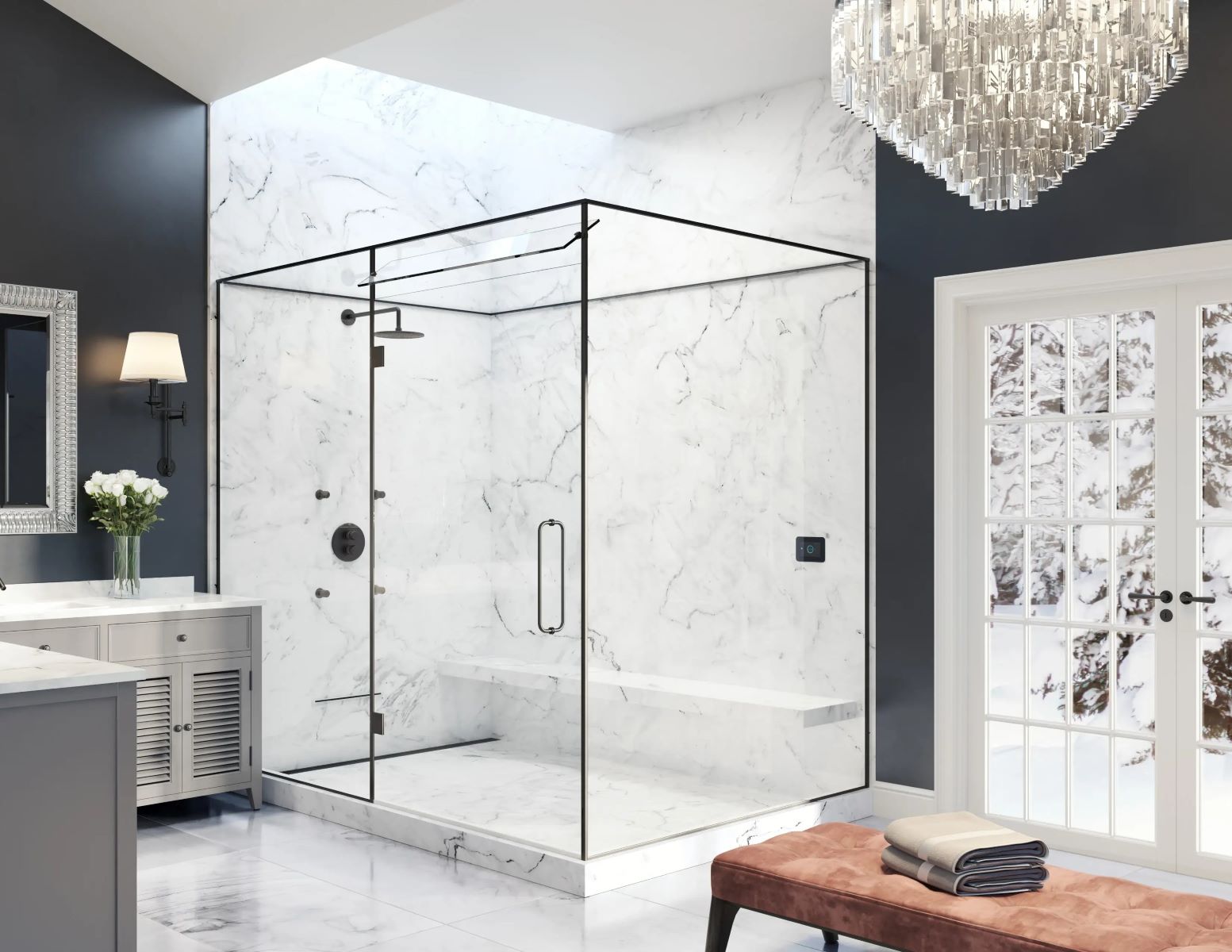
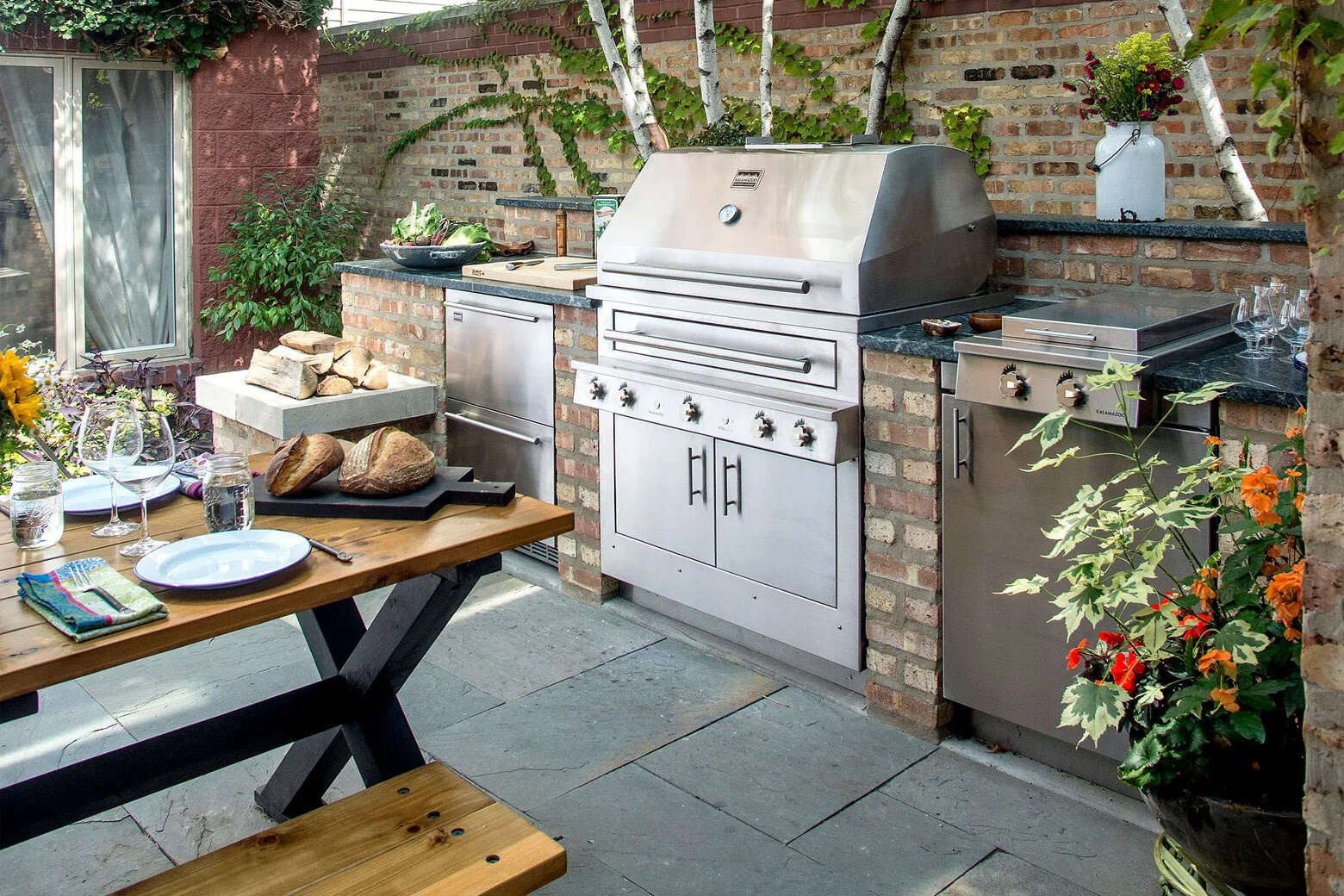
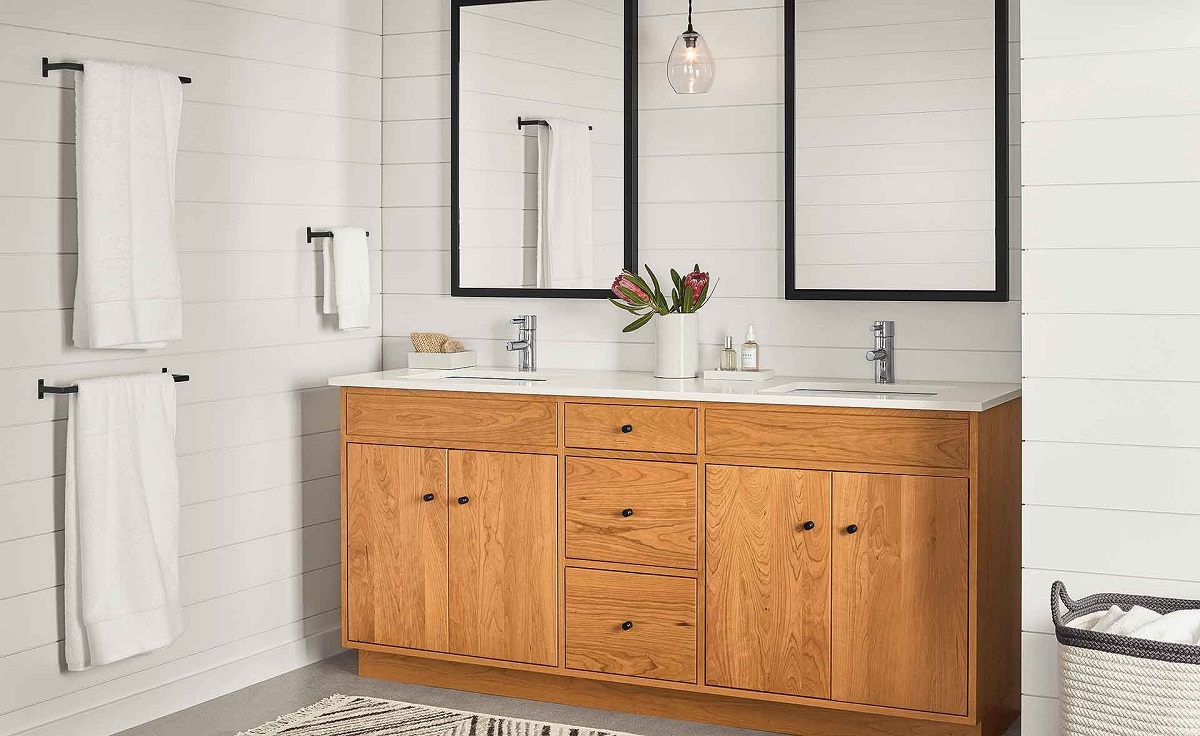
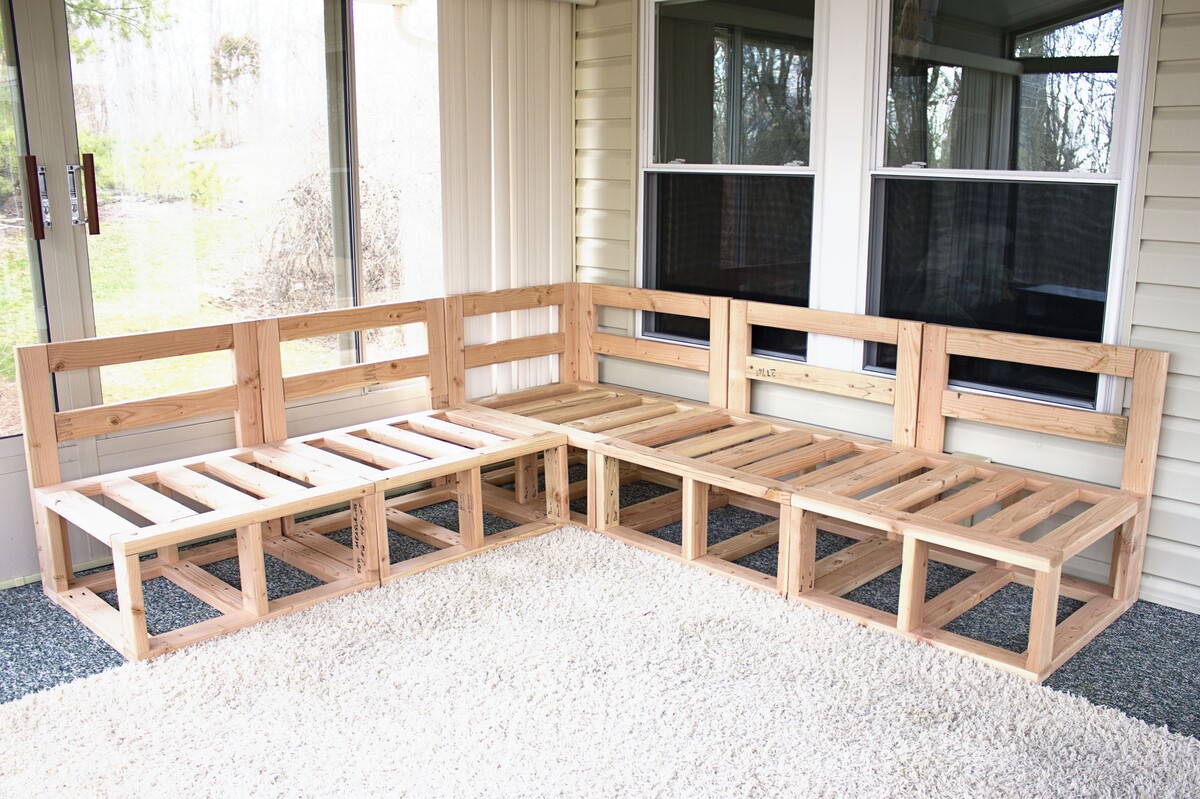
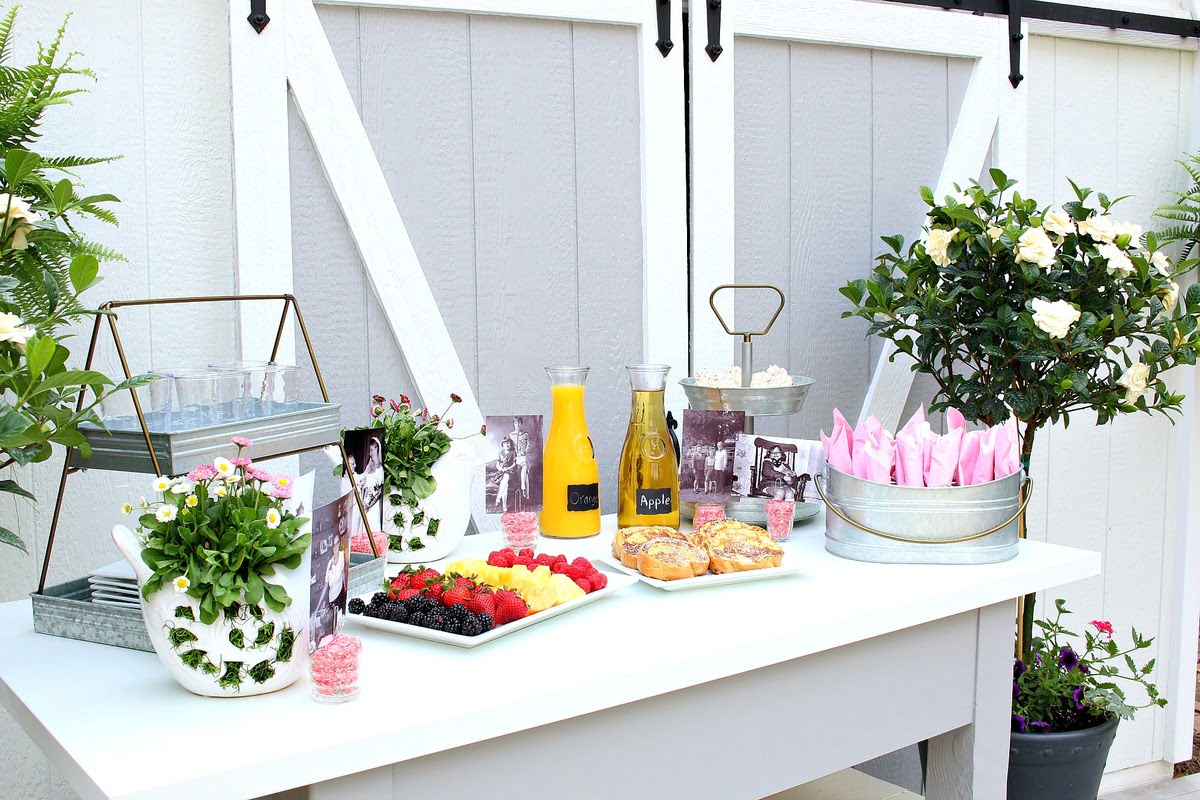
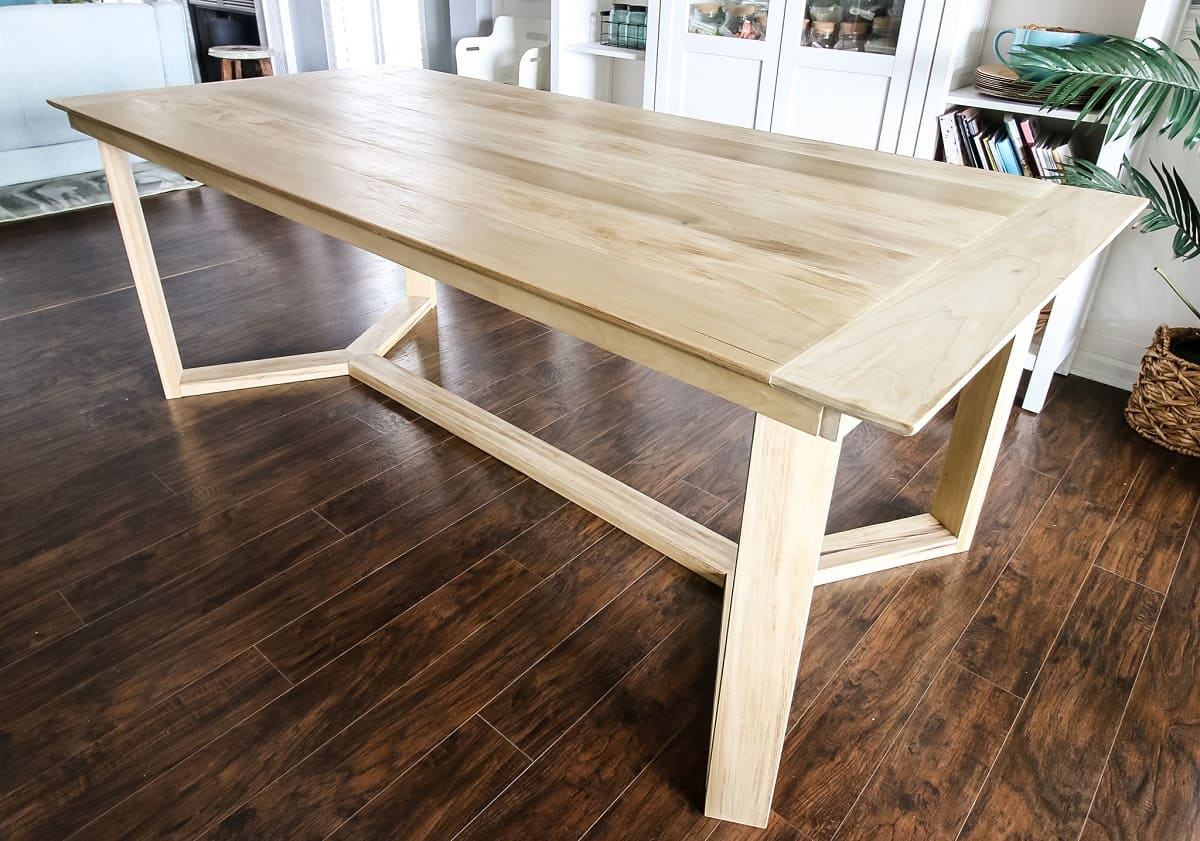
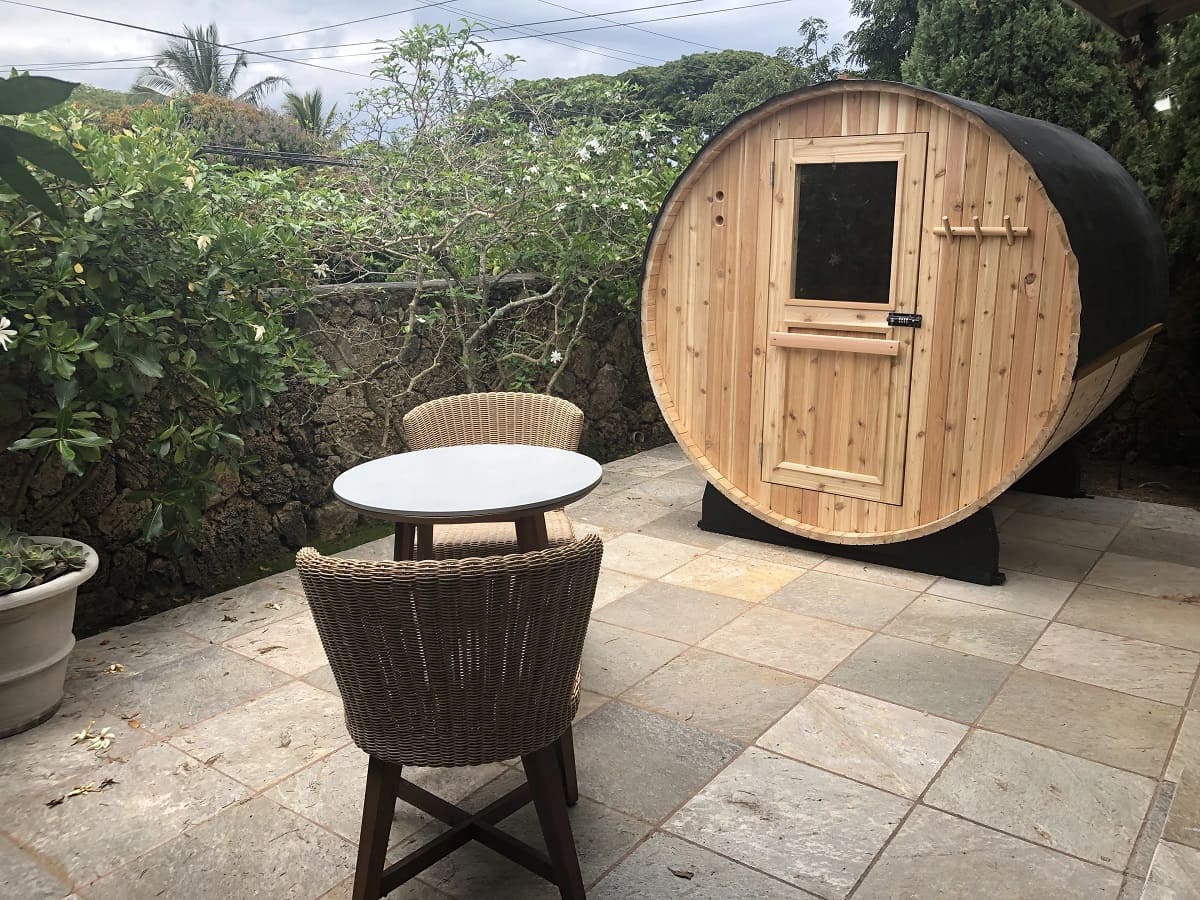
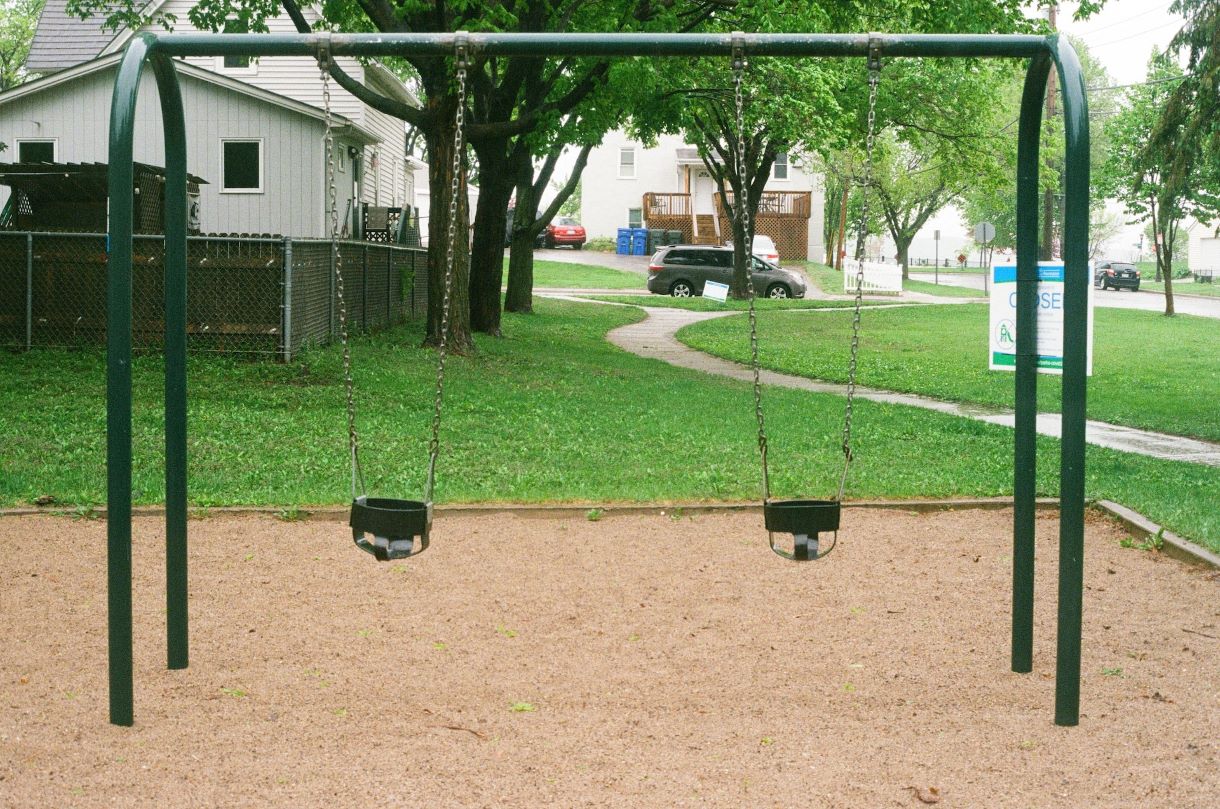
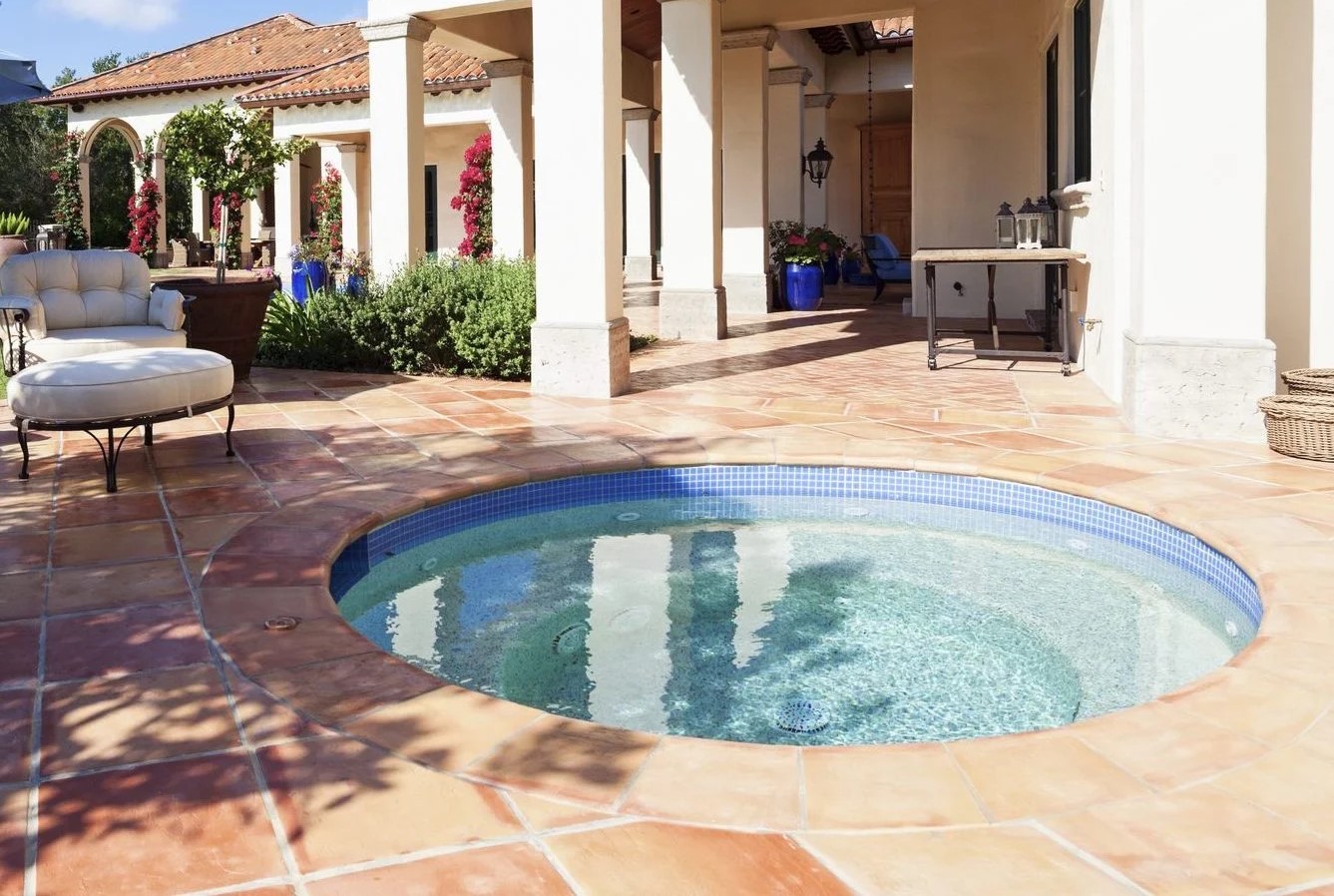
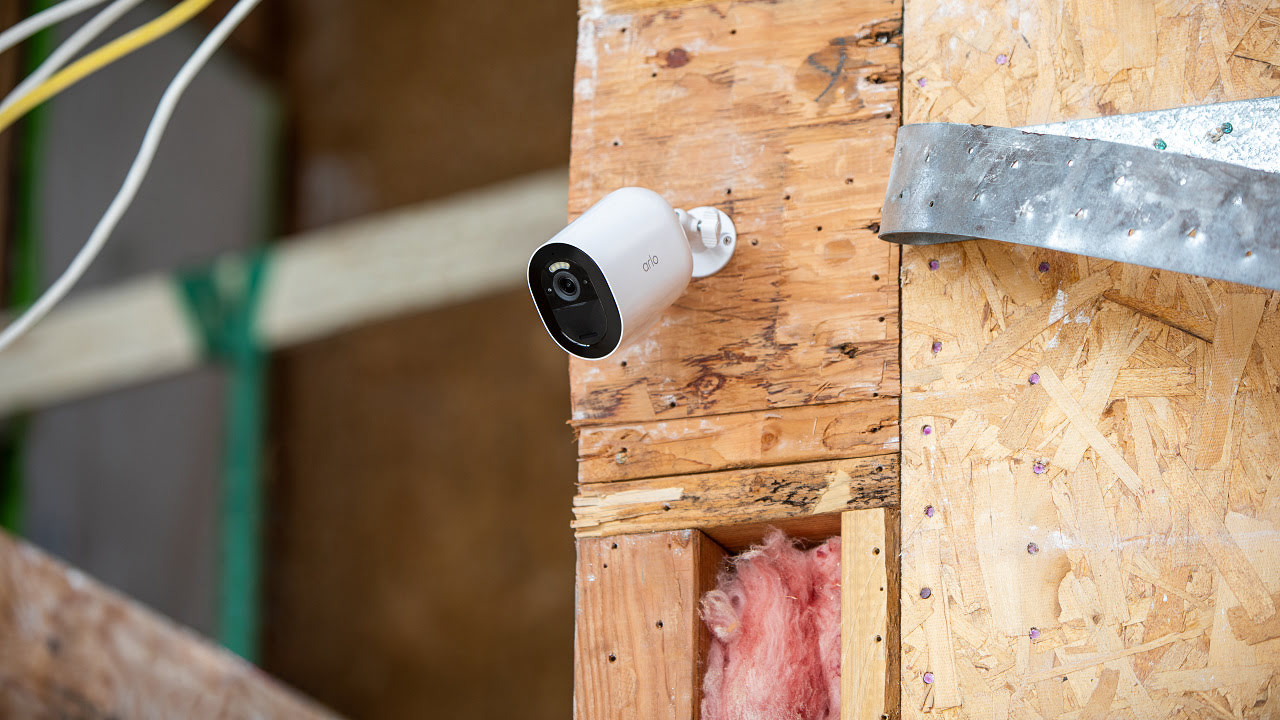
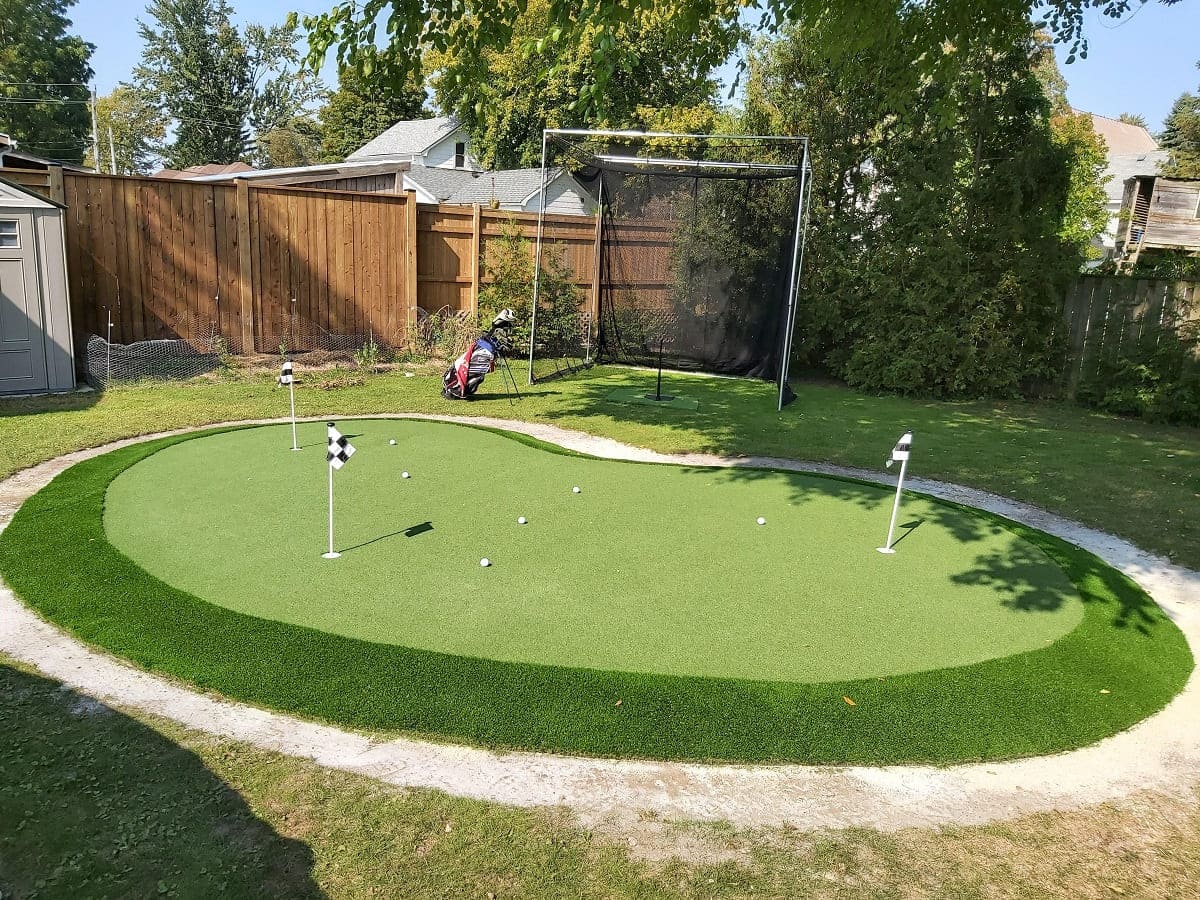
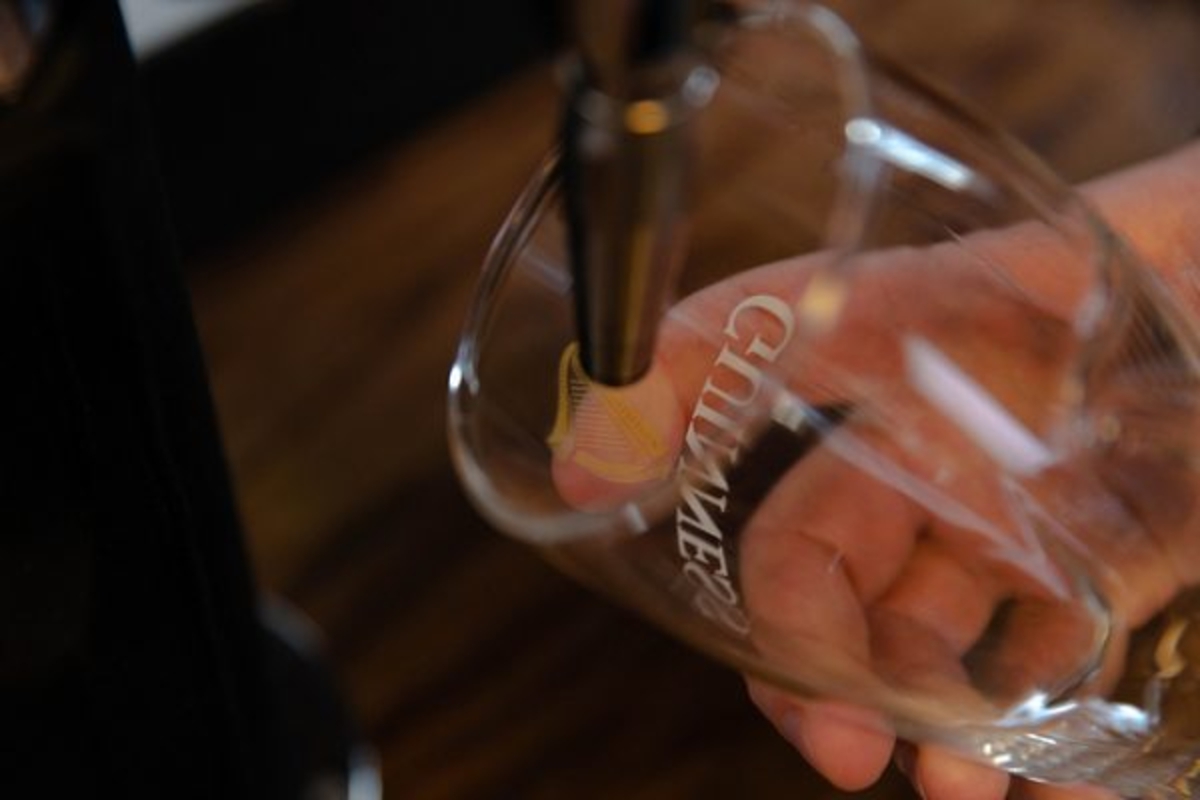


0 thoughts on “How To Build Your Own Water Filtration System”